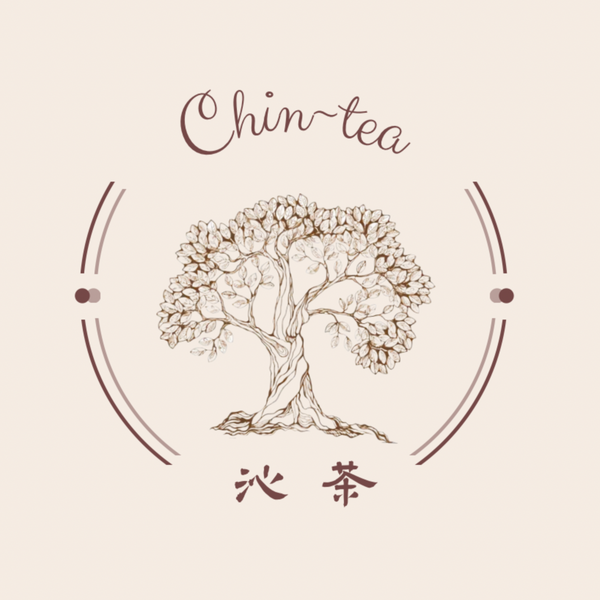Yunnan, often referred to as the "land of tea," holds a storied place in tea history. The region is celebrated for its rich tea heritage, with roots stretching back over two millennia. Tea from Yunnan is distinguished by its large-leaf variety, known for a higher content of beneficial substances, contributing to its unique flavor and health benefits.
The tea culture in Yunnan is deeply ingrained in the local lifestyle. It's not just a beverage but a symbol of hospitality and respect. Locals use tea in various traditional practices, from welcoming guests to medicinal purposes. The Bulang, Lagu, and Deang nationalities, descendants of Yunnan's earliest tea farmers, have long revered tea for its healing properties.
Yunnan's unique geographical conditions, including high altitude and abundant wild tea trees, create an ideal environment for tea cultivation. The province boasts a diverse range of tea, including the famous Pu'er tea, renowned for its distinct flavor profiles and health benefits such as cancer prevention, mental stimulation, and lowering blood lipids. The cultivation process in Yunnan benefits from a rich biodiversity and a variety of climatic conditions across different regions, contributing to the distinct characteristics of Yunnan tea.
Each tea-producing area in Yunnan, such as Lincang, Xishuangbanna, and Baoshan, offers its unique type of tea. Lincang, for instance, is known as the "Historical Museum of Tea Resources," home to some of the oldest tea trees and the birthplace of Mengku and Fengqing large-leaved tea. Xishuangbanna, another key region, is celebrated for its six major tea mountains and its role in Pu'er tea production.
Yunnan's tea is not only a drink but a window into the region's rich cultural tapestry, offering a taste of history with every sip. This blog aims to introduce readers to the fascinating world of Yunnan tea, a cornerstone of Chinese tea culture with a global following. Each subsequent blog post will delve deeper into specific types of Yunnan tea, such as raw and ripe Pu'er and black tea, exploring their unique characteristics and brewing techniques.

